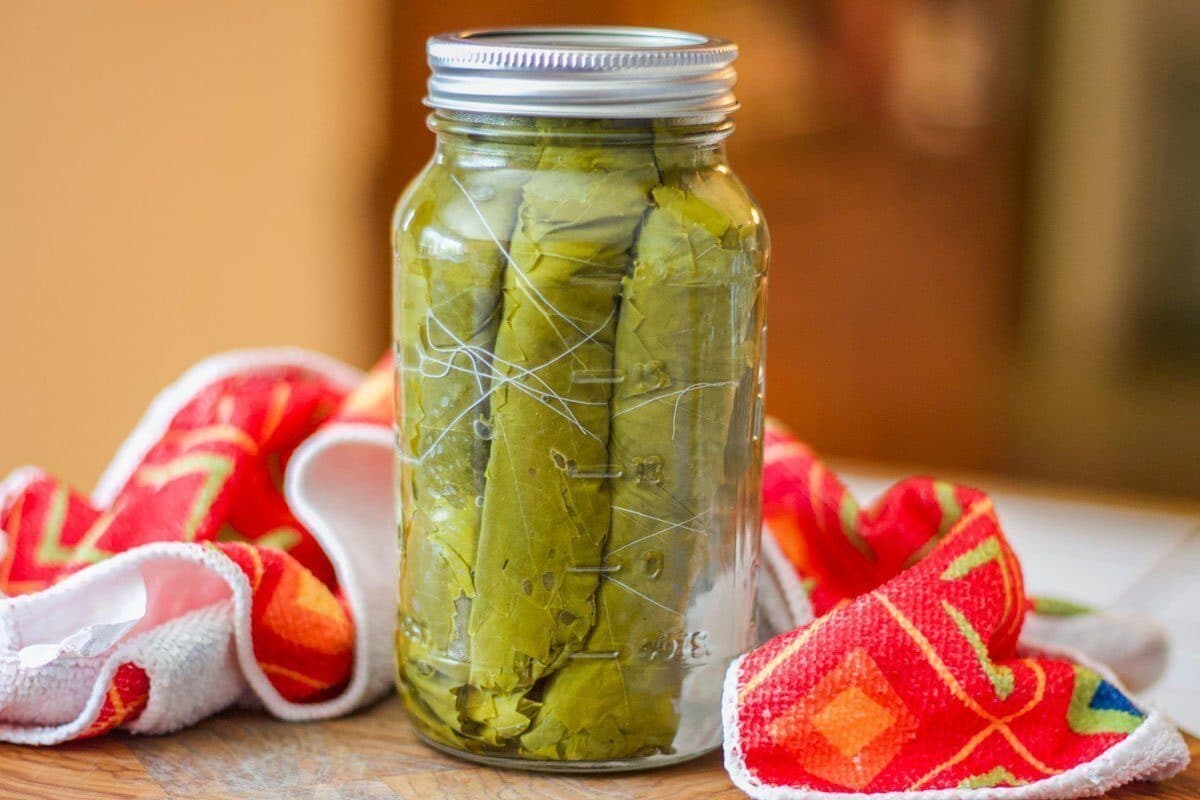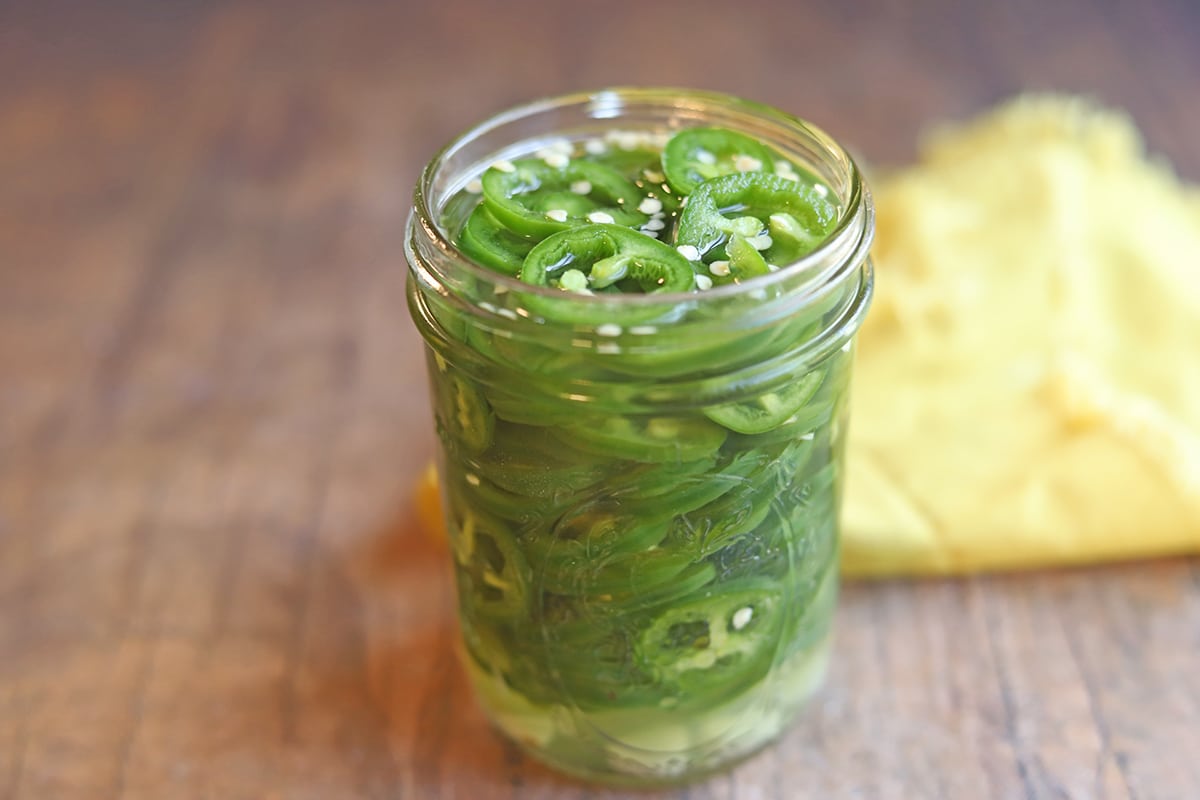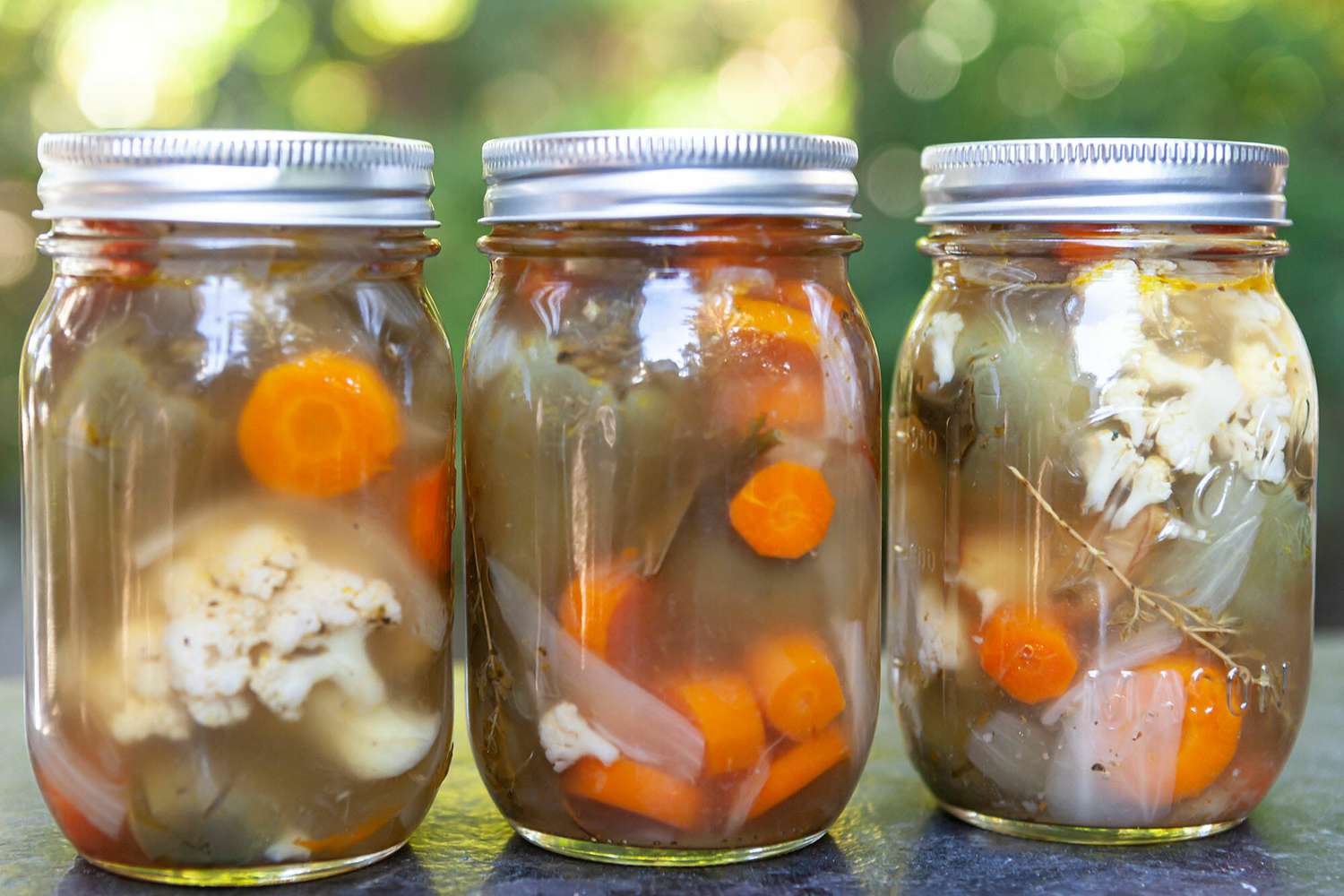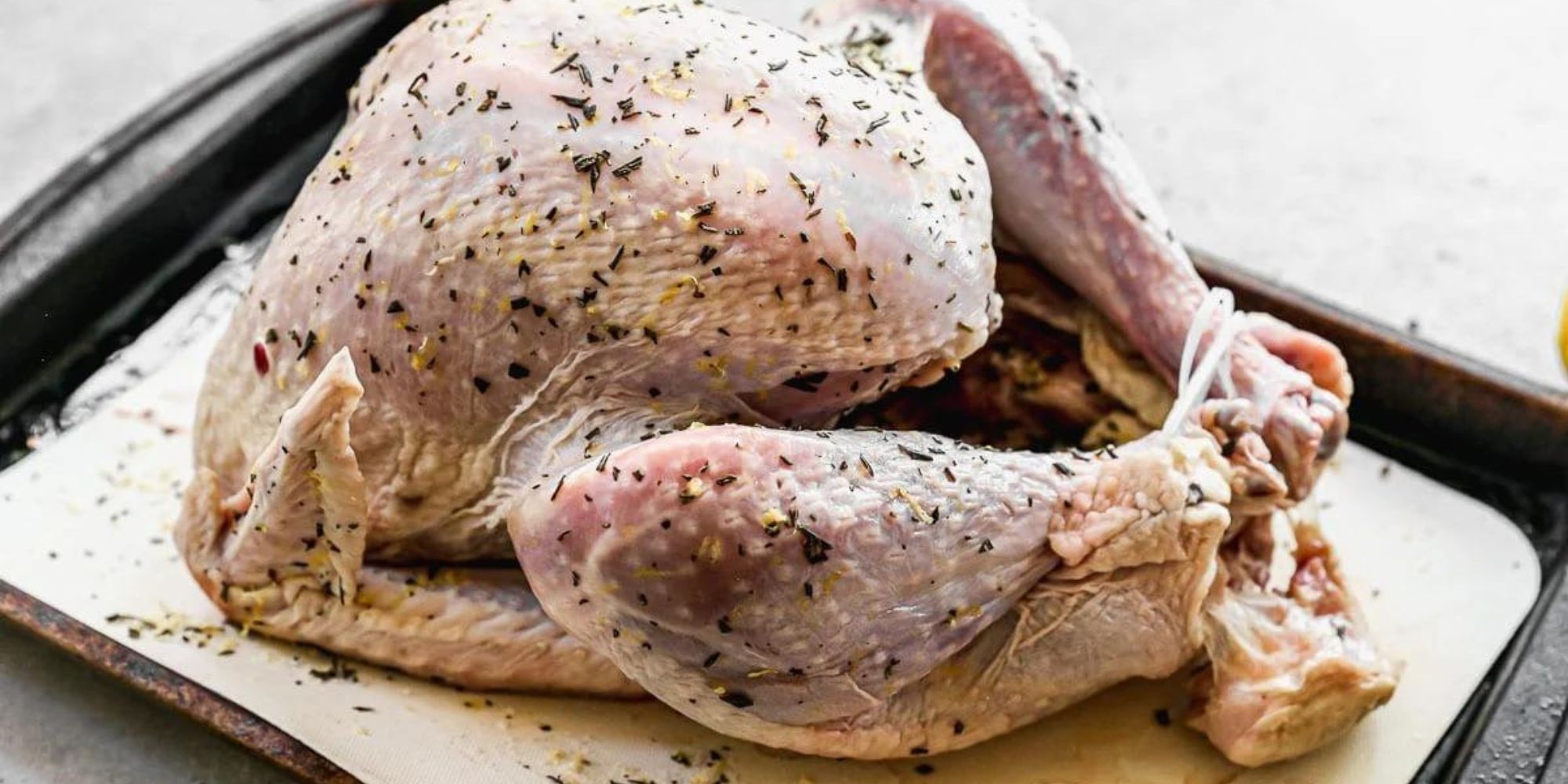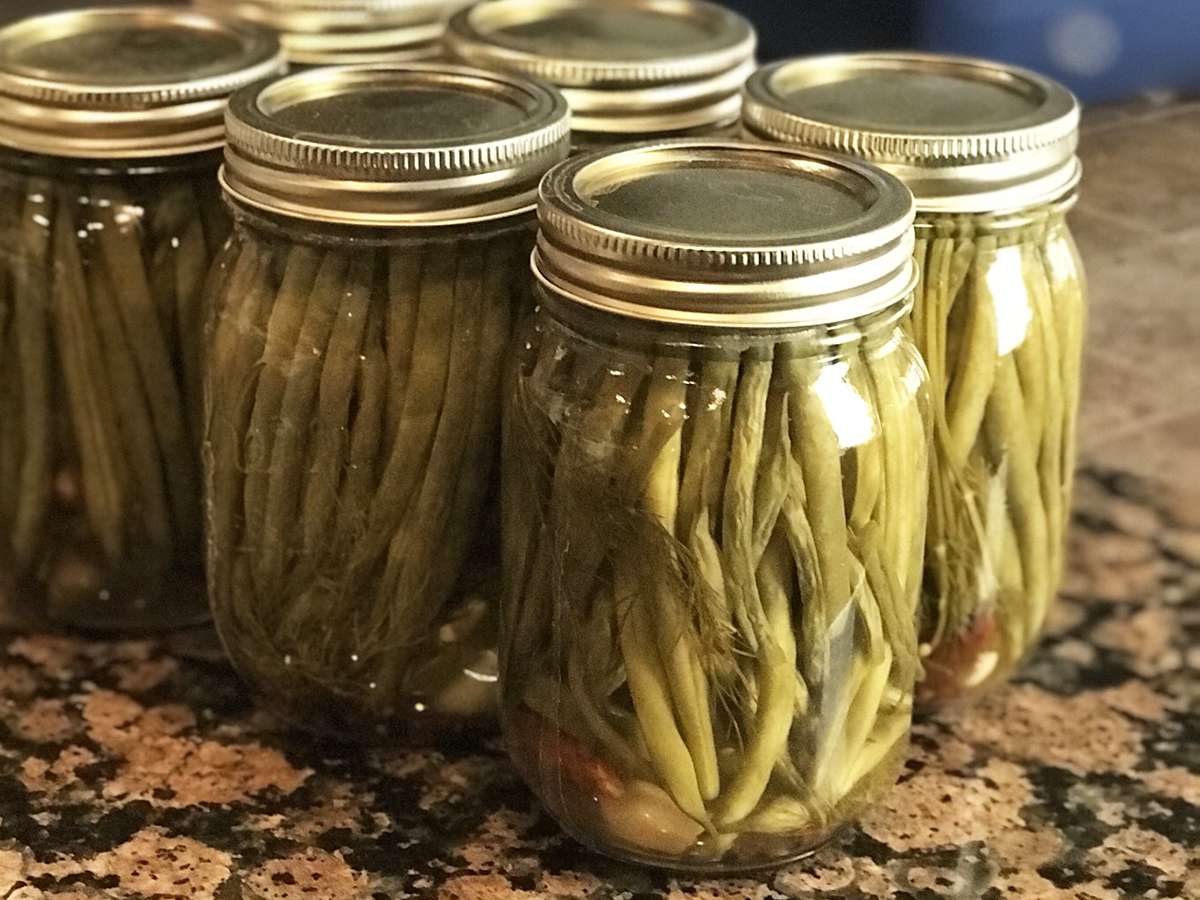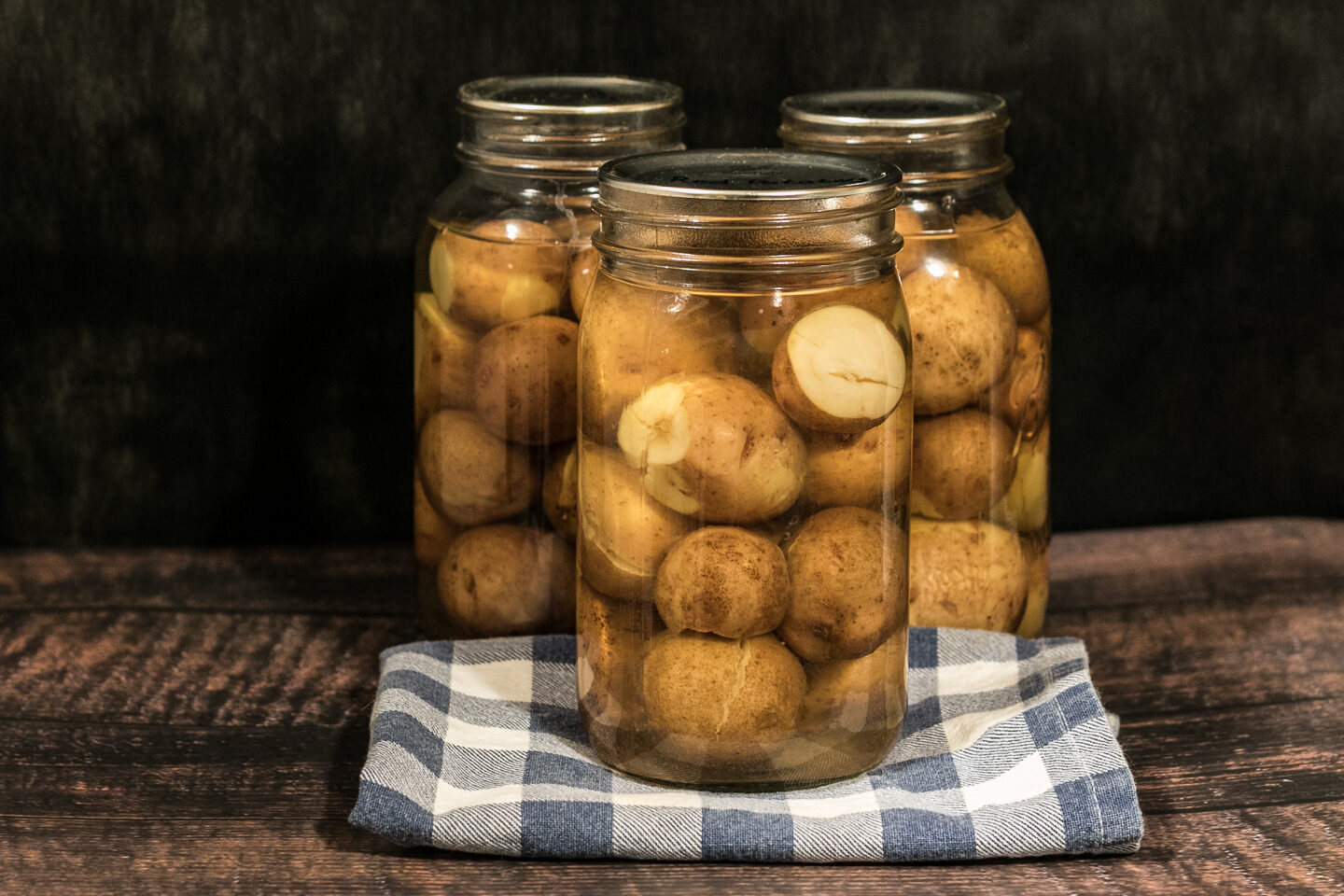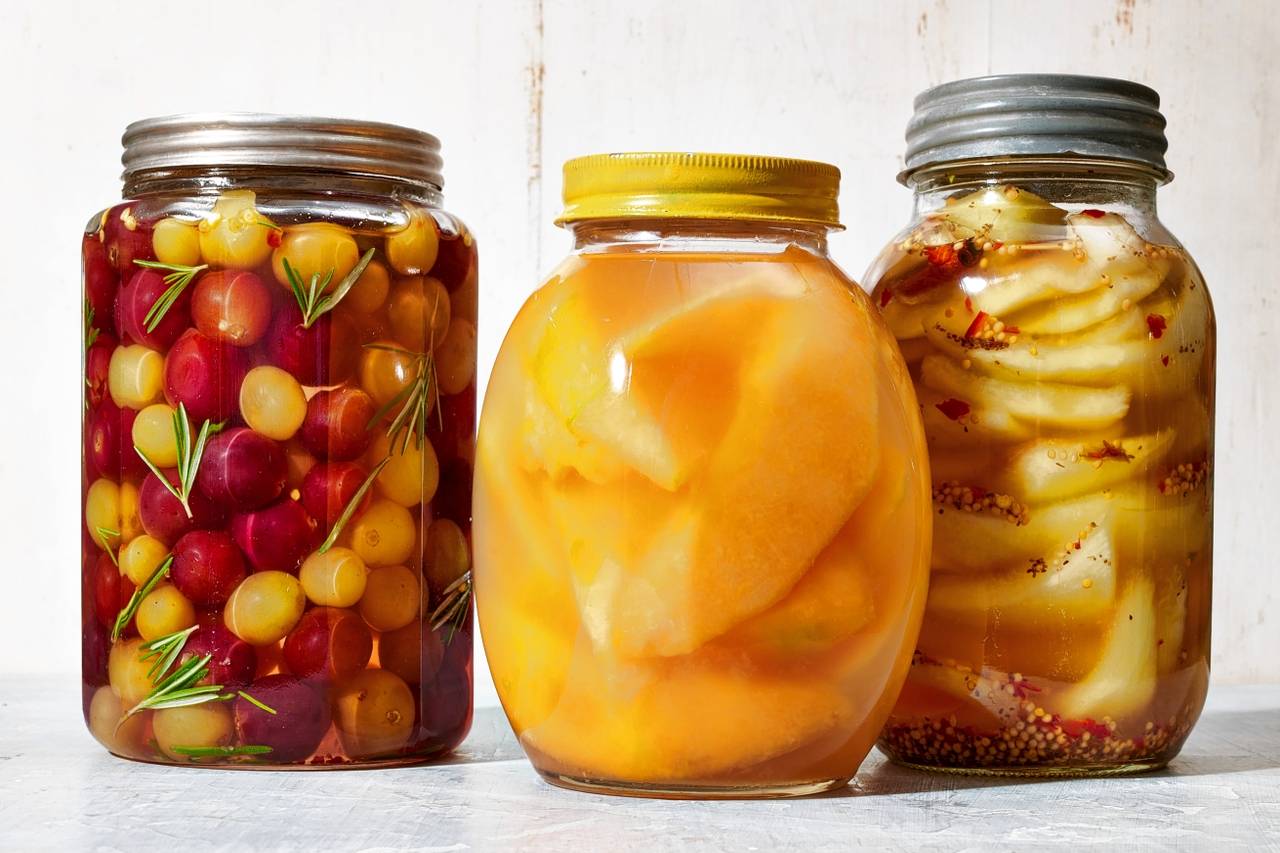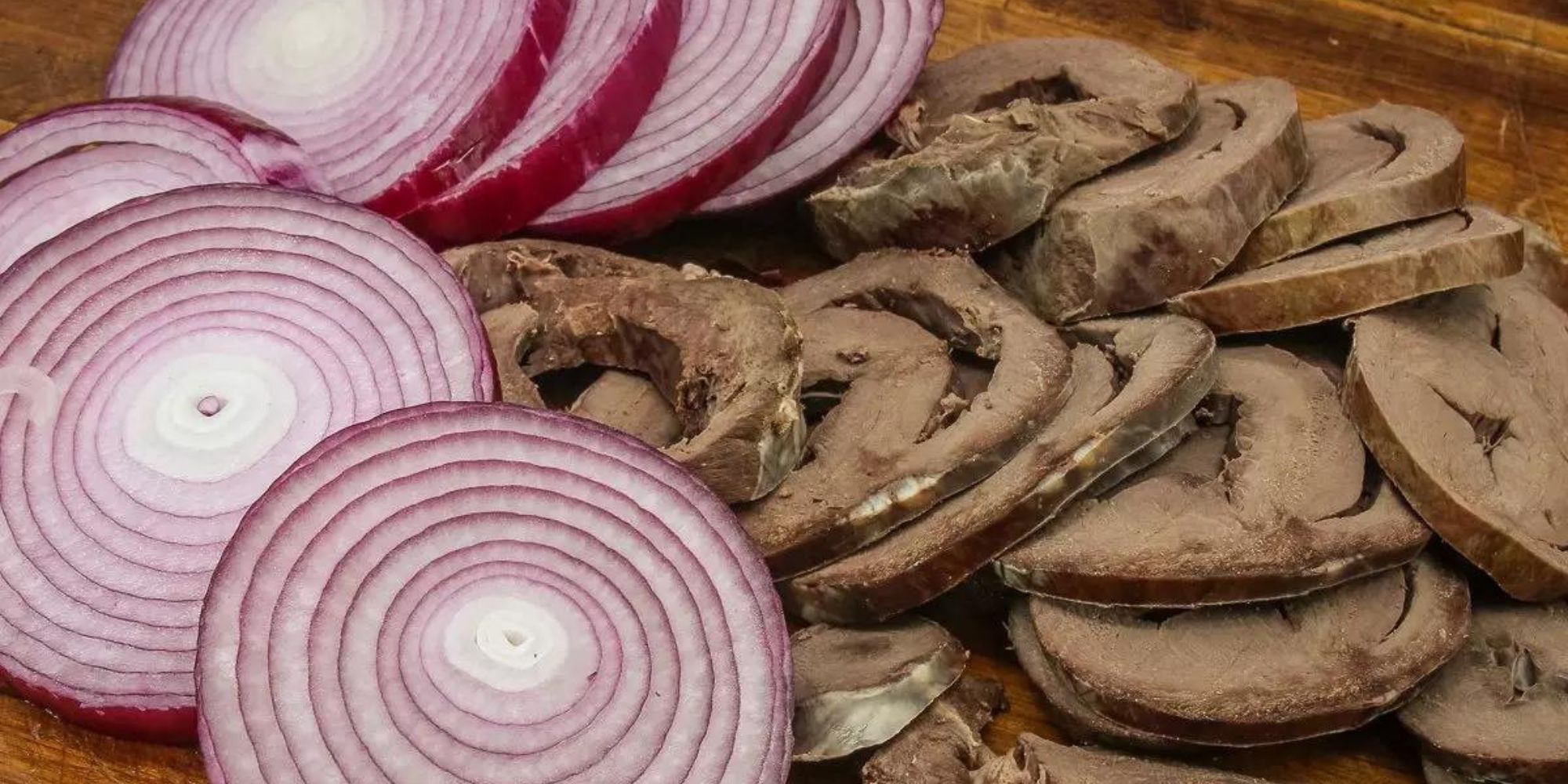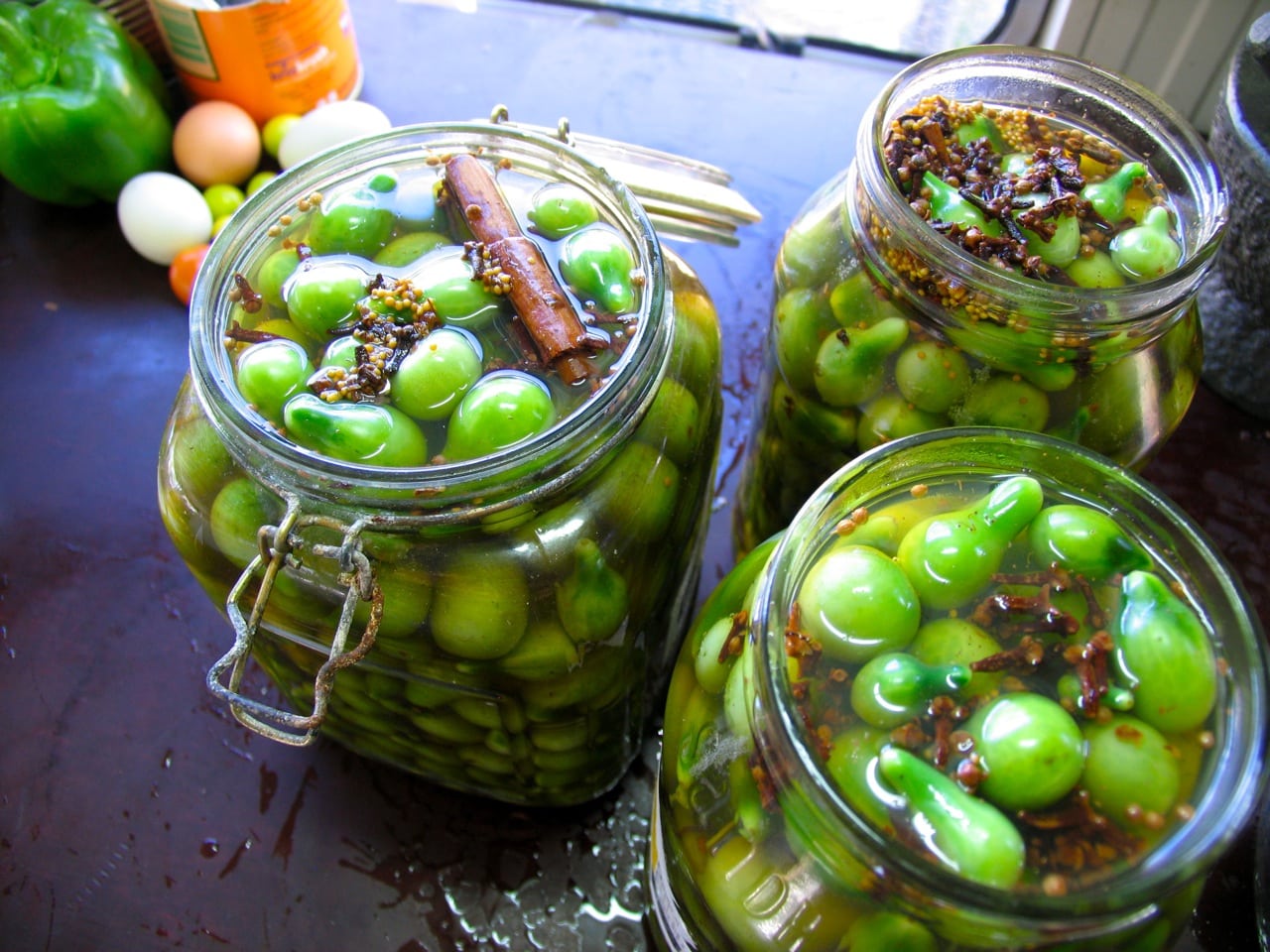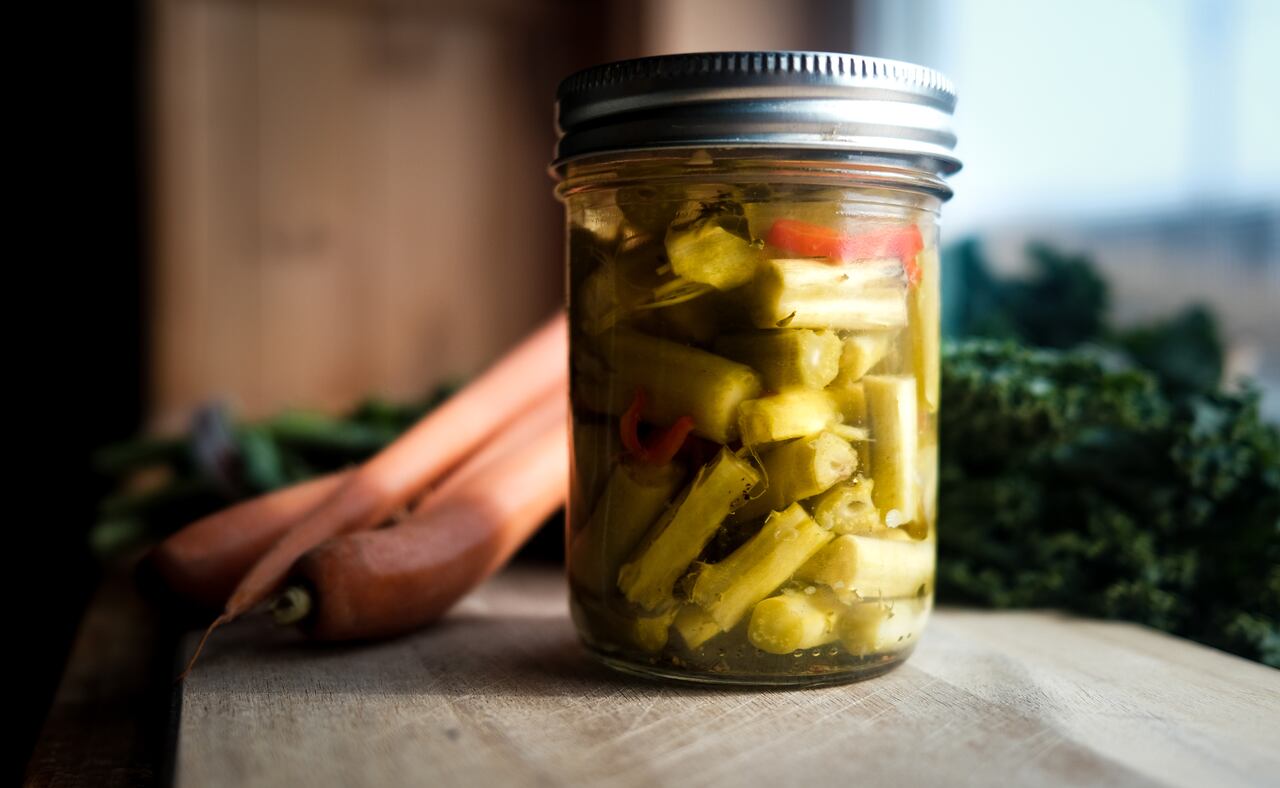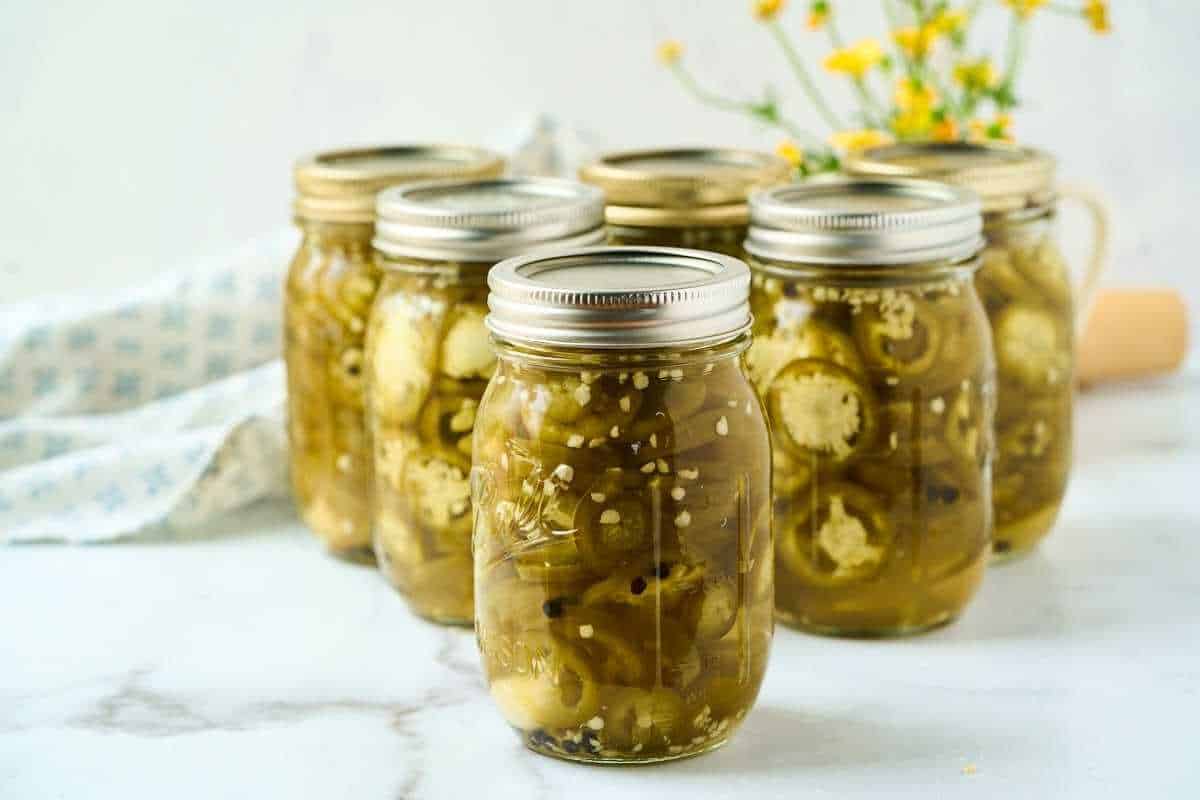Homemade Pickled Vegetables for Mexican Cuisine
One of the best ways to add a burst of flavor and a zesty kick to your Mexican dishes is by pickling your own vegetables at home. Pickled vegetables are a staple in Mexican cuisine, adding a tangy and crunchy element to tacos, burritos, and other traditional dishes. Plus, they are incredibly easy to make and can be customized to suit your taste preferences. If you’re ready to elevate your Mexican cooking game, here’s a simple guide to making your own pickled vegetables at home.
Choosing the Right Vegetables
When it comes to pickling vegetables for Mexican cuisine, it’s important to select the right vegetables that will complement the flavors of your dishes. Some popular choices for pickling include:
- Jalapeños: These spicy peppers add a fiery kick to any dish.
- Carrots: Carrots provide a sweet and crunchy element to the pickling mix.
- Red Onions: Red onions add a sharp and tangy flavor to the pickled mix.
- Radishes: Radishes offer a peppery and crisp texture when pickled.
Feel free to experiment with other vegetables as well, such as cauliflower, bell peppers, or even green beans. The key is to choose vegetables that will hold up well to the pickling process and complement the flavors of your Mexican dishes.
Preparing the Pickling Liquid
The next step is to prepare the pickling liquid, which will infuse the vegetables with tangy and flavorful goodness. A basic pickling liquid typically consists of:
- Vinegar: Use white vinegar or apple cider vinegar for a tangy punch.
- Water: Dilute the vinegar with water to mellow out the acidity.
- Salt: Salt is essential for seasoning and preserving the vegetables.
- Sugar: A touch of sweetness balances out the acidity of the pickling liquid.
- Spices: Add whole spices like peppercorns, coriander seeds, or cumin for extra flavor.
Combine these ingredients in a saucepan and bring the mixture to a gentle simmer until the salt and sugar are fully dissolved. Let the pickling liquid cool to room temperature before using it to pickle your vegetables.
Pickling Process
Now comes the fun part – pickling your vegetables! Here’s a simple step-by-step process to pickle your chosen vegetables:
- Prep the Vegetables: Wash and slice the vegetables into uniform pieces or spears.
- Pack the Jars: Pack the vegetables tightly into clean, sterilized glass jars.
- Add Flavorings: Toss in some garlic cloves, fresh herbs, or dried chili flakes for extra flavor, if desired.
- Pour in the Pickling Liquid: Carefully pour the cooled pickling liquid over the vegetables, ensuring that they are completely submerged.
- Seal and Refrigerate: Seal the jars with airtight lids and refrigerate the pickled vegetables for at least 24 hours to allow the flavors to develop.
Enjoying Your Homemade Pickled Vegetables
Once your pickled vegetables have had time to marinate and develop their flavors, they are ready to be enjoyed in your favorite Mexican dishes. Add them to tacos, nachos, or burrito bowls for a tangy and crunchy twist that will take your culinary creations to the next level.
Experiment with different combinations of vegetables and spices to create your own signature pickled vegetables that perfectly complement your Mexican-inspired meals. With a little creativity and a few simple ingredients, you can elevate the flavors of your dishes and impress your friends and family with your homemade pickled vegetables.
So, the next time you’re craving the vibrant flavors of Mexican cuisine, consider making a batch of pickled vegetables at home. Not only will you add a burst of flavor to your dishes, but you’ll also gain a newfound appreciation for the art of pickling and preserving – a time-honored tradition in Mexican cooking.
Get ready to savor the tangy, crunchy, and utterly delicious experience of homemade pickled vegetables in your Mexican-inspired meals!
Was this page helpful?
Read Next: How To Pickle Hot Jalepenos And Carrots
